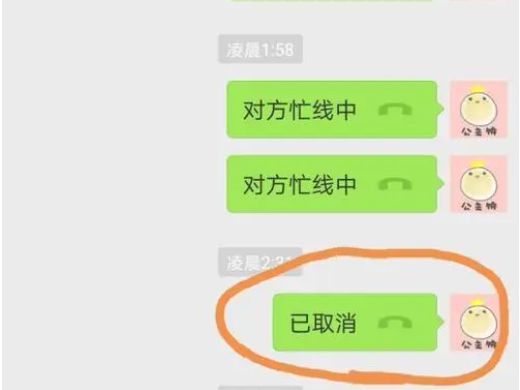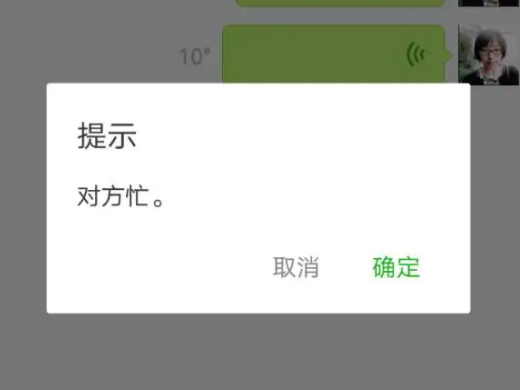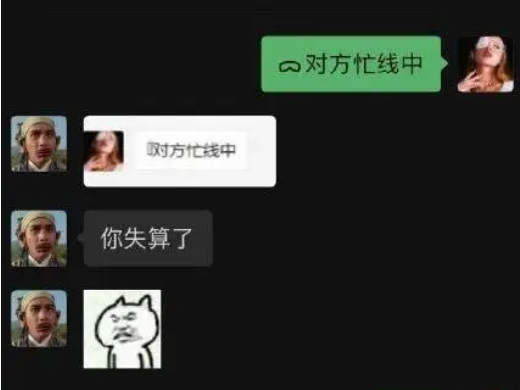Home >Computer Tutorials >Computer Knowledge >What does it mean when the other party is busy on WeChat? What is the reason why the other party is busy on WeChat?
php editor Strawberry will explain to you the meaning and reasons of the busy line on WeChat. When you are on a WeChat call or video call, if the other party shows Busy, it usually means that the other party is on a call, busy, or has set Do Not Disturb. At this point, you can wait for the other party to end the current call or be busy before trying to contact them again. If the other party is busy for a long time, it may be due to mobile phone signal problems, poor network connection, or the other party's setting to reject calls. I hope the above information can help you better understand the situation when the WeChat party is busy.
WeChat Busy means the other party cannot answer your voice or video request.

1WeChat Busy means the other party cannot answer your voice or video request.

2If a WeChat friend is having a voice or video call with another person, when you call to apply, it will show that the other party is busy.

3 If your WeChat friend is in a location with poor network, your call request will also show that the other party is busy.

4 Your friend is making a call on his mobile phone. During this period, you cannot apply for WeChat voice or video. Just wait for the other party to hang up the phone.

1 If the other party is busy on WeChat, the other party will receive a reminder. If the other party is making a voice call and you make a voice call to him, his phone will vibrate at this moment, but he was originally connected. The call will not be interrupted. If the other party is receiving a voice call and you make a normal call, the other party's voice call will be interrupted, and the interface for your incoming call will appear on the phone.

The user you dialed does not want to answer your call.
The above is the detailed content of What does it mean when the other party is busy on WeChat? What is the reason why the other party is busy on WeChat?. For more information, please follow other related articles on the PHP Chinese website!